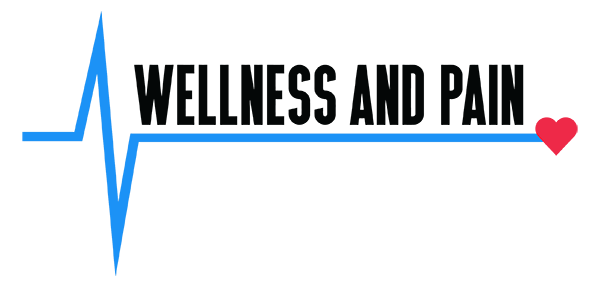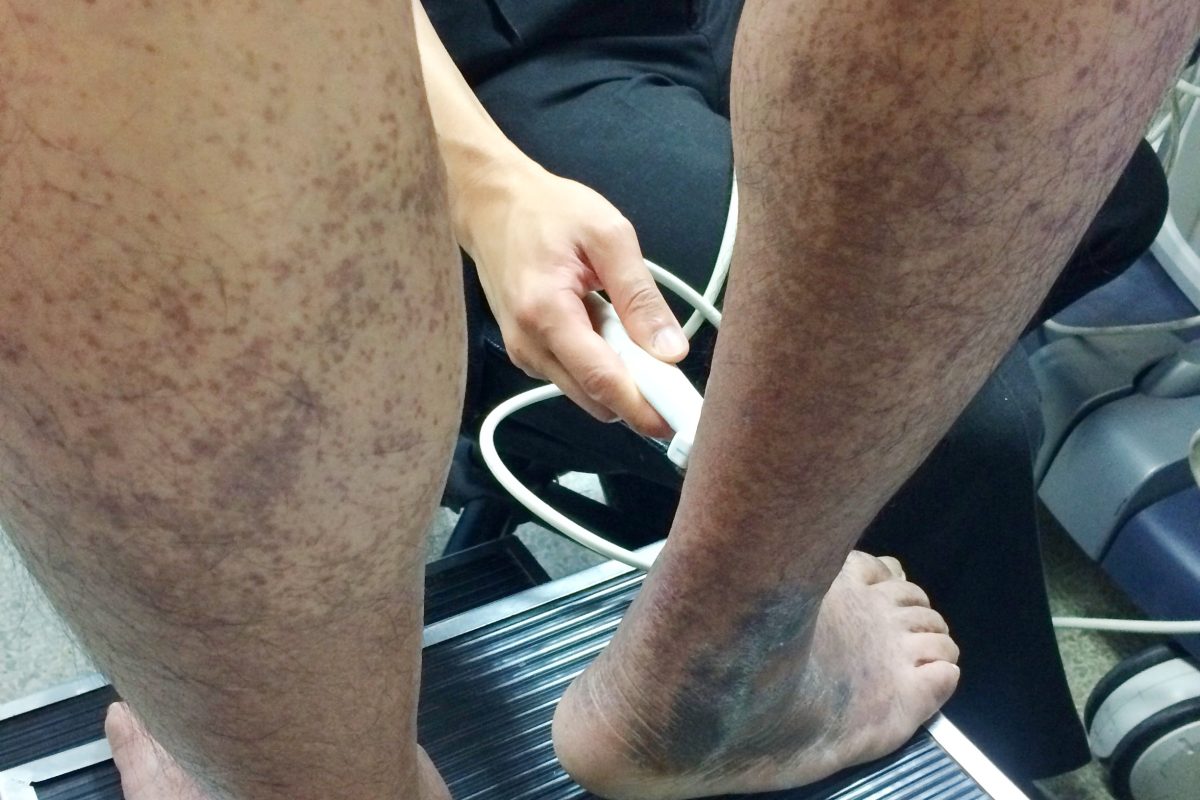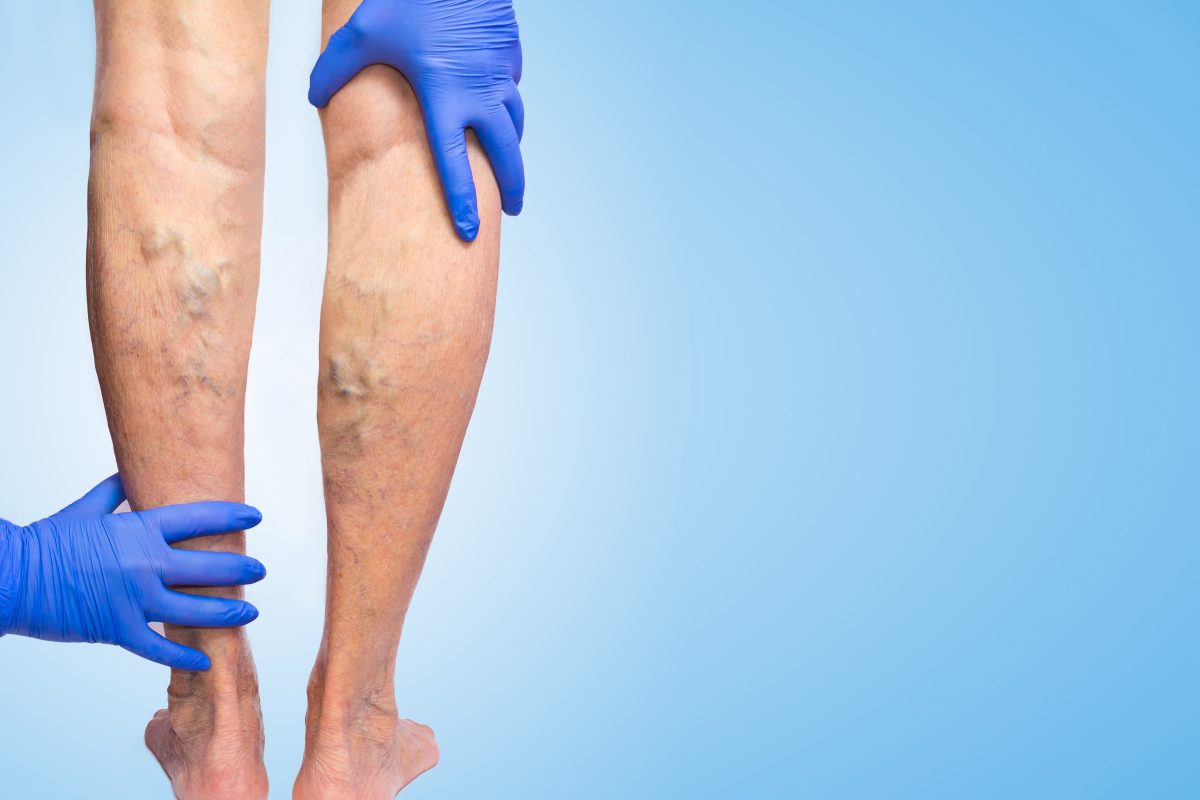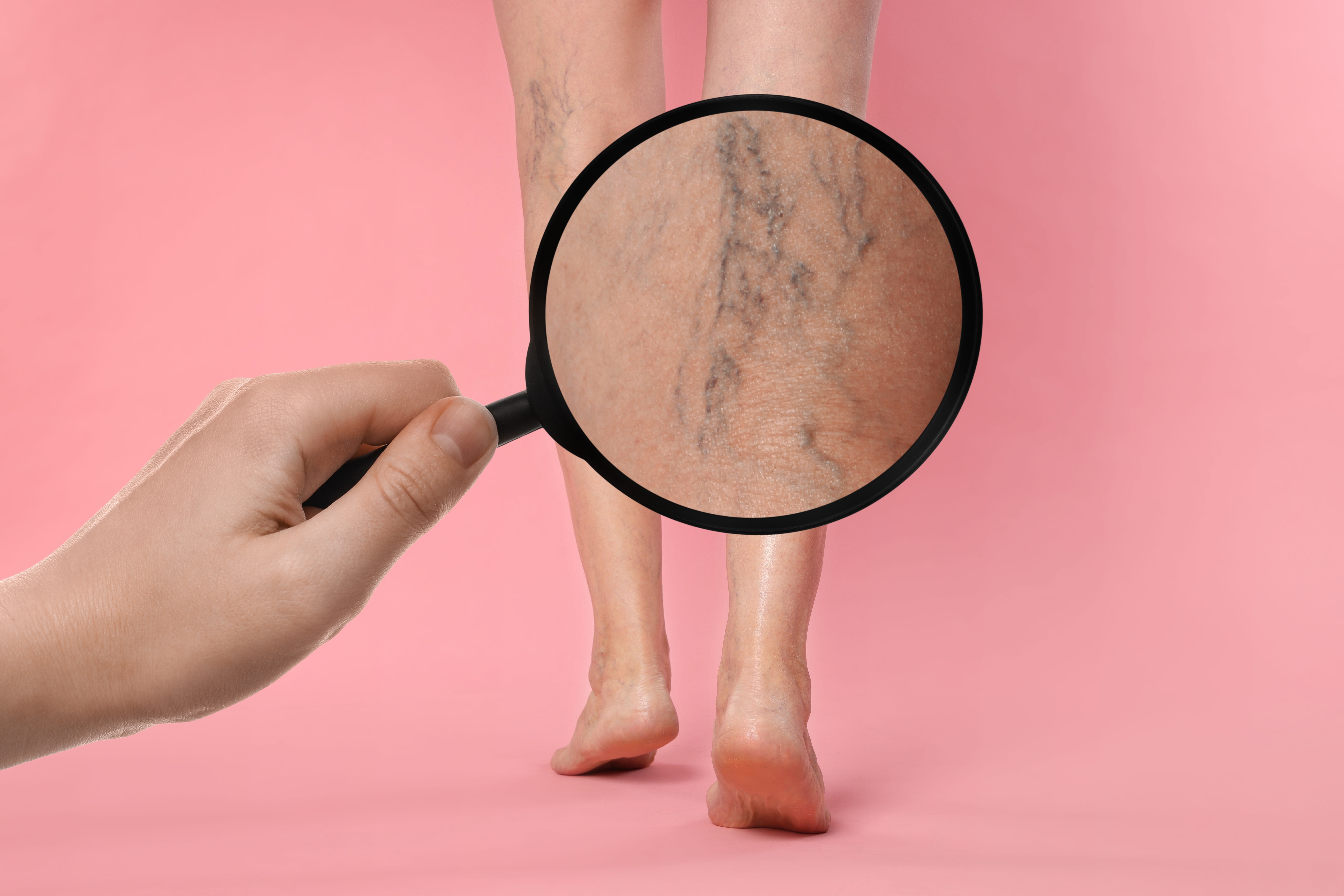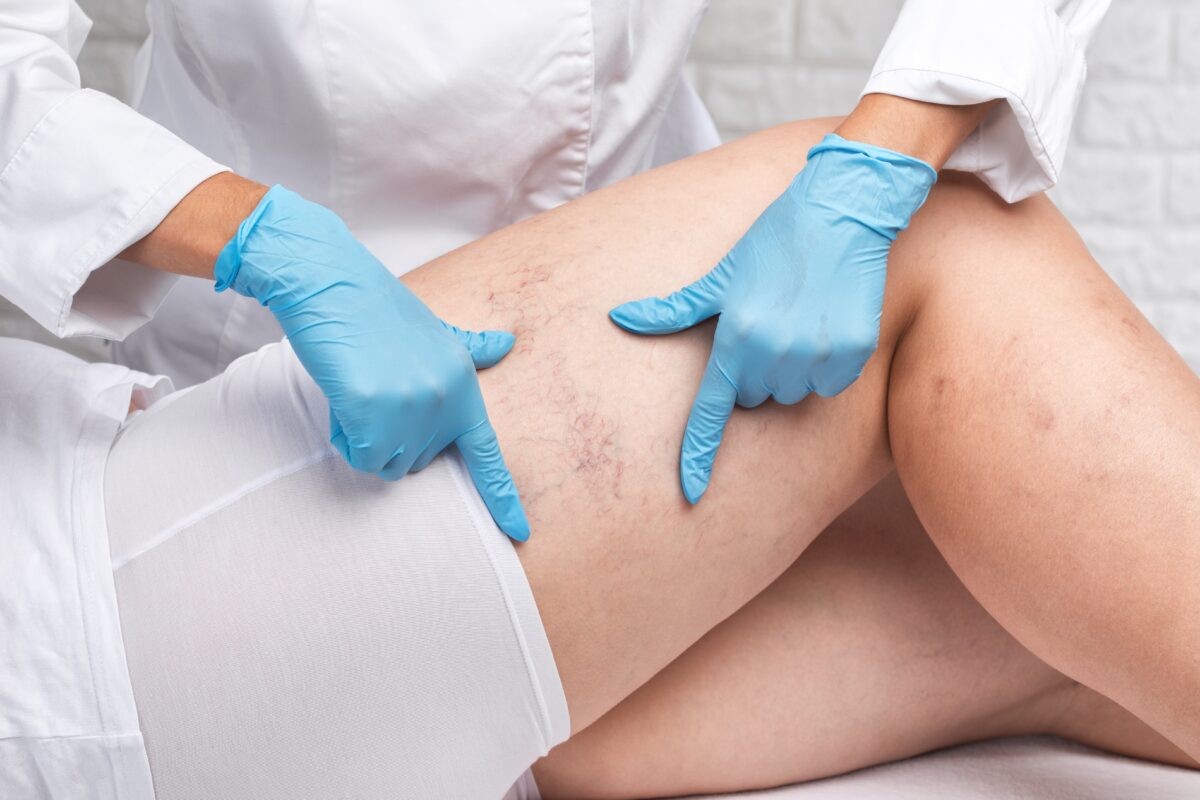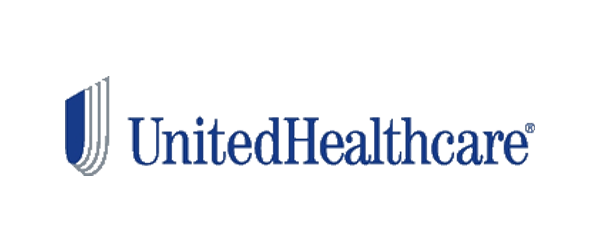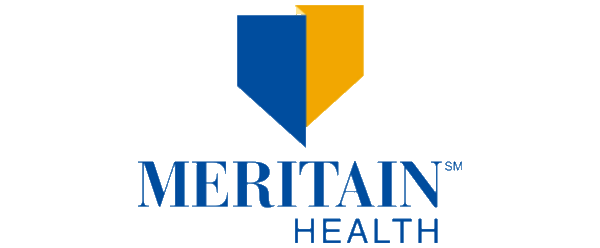Do your legs feel heavy or look swollen by the end of the day? Maybe you’ve noticed dark patches or veins starting to bulge.
These changes can be frustrating and make you want to cover up, but they often point to a common issue called venous stasis.
This happens when blood pools in your lower legs instead of moving back toward your heart. It can cause swelling, skin discoloration, and visible veins.
In this article, you’ll learn what venous stasis is, why it develops, and how you can restore your legs’ health and appearance.
What Is Venous Stasis?
Venous stasis develops when the small valves inside your veins stop keeping blood moving back to the heart.
When these valves weaken, blood pools in your lower legs and creates pressure inside the blood vessels. This pressure slows circulation and affects nearby tissue.
You might start to notice changes such as:
- Leg swelling that worsens after long periods of standing or sitting
- Itching or dryness on the lower leg or around the ankles
- Varicose veins or spider veins are becoming more visible
- Skin color turning reddish-brown or purplish from trapped blood
- Tightness or discomfort that makes your legs feel heavy
Doctors often refer to this condition as chronic venous insufficiency (CVI) or venous stasis dermatitis. Over time, untreated venous stasis can lead to open sores, called venous ulcers, or even skin infections.
How Venous Stasis Affects the Condition of Your Legs
Venous stasis gradually changes how your legs look and feel. As blood pooling continues, pressure builds inside the veins.
Over time, that increased pressure affects nearby tissue and skin, creating visible and sometimes uncomfortable symptoms.
1. Swelling and Fluid Buildup
When veins stop moving blood back to the heart, fluid collects in the lower extremities. Your ankles might appear puffy, and your legs can feel tight or heavy, especially at the end of the day.
This swelling, called edema, is one of the earliest signs of venous disease. It tends to worsen after long periods of sitting or standing, when calf muscles aren’t helping push blood upward.
As pressure builds, your skin may leave marks from socks or shoes and feel warm to the touch.
2. Spider and Varicose Veins
When blood pressure remains high inside the veins, the vein walls stretch and weaken. This causes varicose veins and spider veins to appear on the surface of the skin.
They often look blue, purple, or red and may twist or bulge along the calves or behind the knees.
These visible veins are a sign of venous hypertension. The blood that should move upward stays trapped instead.
Many people describe a heavy, throbbing, or tired feeling in the legs, which tends to worsen after sitting or standing for long periods.
3. Skin Changes and Discoloration
As inflammation develops under the skin, its color and texture begin to change. The skin near the ankles or lower leg may turn reddish-brown or purplish. It can feel dry, tight, or itchy to the touch.
These skin changes happen because blood and fluid leak from the veins and irritate the surrounding tissue.
Over time, the skin may thicken and become more fragile. Doctors often refer to this stage as stasis dermatitis or venous eczema.
When the condition progresses, the skin may appear shiny or feel stretched. Some people also experience small flakes or scabs where the skin has cracked from dryness or irritation.
4. Open Sores and Ulcers
If venous stasis continues for a long time, fragile skin can break down. Small scratches or bumps can turn into open sores, known as venous ulcers.
These wounds usually form near the ankles, where blood pressure is highest.
Venous ulcers heal slowly because the blood flow to the area is poor. They may ooze fluid or form a shallow crater-like appearance.
The skin around them often looks red, irritated, or discolored. If left untreated, the ulcers can become infected, leading to further complications that affect your legs’ appearance.
What Causes Venous Stasis?
Venous stasis starts when venous valves weaken and blood struggles to move upward toward the heart. This creates pressure in the veins and allows blood to collect in the lower legs.
Several factors can cause or worsen the condition:
- Weak vein valves: When venous valves lose strength, they let blood flow backward. This backward flow causes venous obstruction and swelling in the lower extremities.
- Prolonged sitting or standing: Staying in one position too long reduces calf muscle activity. The blood slows down, which raises pressure inside the veins and leads to pain and puffiness.
- Past blood clots: A blood clot can block a vein, forcing blood to build up behind it. This blockage increases risk factors for venous hypertension and later skin symptoms.
- Pregnancy: Hormonal changes and higher blood volume add pressure to the veins. This can cause varicose eczema, leg swelling, or early skin discoloration.
- Obesity: Excess weight adds pressure to the lower legs and limits circulation. It can lead to inflammation and other complications, such as venous stasis ulcers.
- Age and family history: Weakened vein walls and a family history of venous disease raise the chance of developing leg ulcers or venous insufficiency.
These health conditions and lifestyle factors gradually weaken circulation. As the condition progresses, poor blood flow causes visible skin changes and discomfort.
Cosmetic and Medical Treatments for Venous Stasis
Venous stasis treatment aims to restore healthy circulation and improve the appearance of your legs. The right treatment plan depends on your diagnosis, medical conditions, and overall clinical presentation.
A healthcare provider will usually start with a physical examination to understand how the condition affects you before suggesting treatment options.
At-Home and Lifestyle Care
In many cases, small daily habits can make a noticeable difference. Compression stockings are one of the most effective tools for managing venous stasis.
They apply gentle pressure to your legs, which helps prevent blood from collecting in the lower veins.
It also helps to move your body regularly. Walking, swimming, or light stretching strengthens your calf muscles, which naturally push blood upward.
Try to avoid long periods of sitting or standing still. Even a few minutes of movement every hour keeps circulation steady.
Caring for your skin is just as important. Good skin hygiene prevents irritation and dryness caused by poor circulation. Use mild soaps, pat your skin dry, and apply a moisturizer daily to protect fragile areas.
Medical and Cosmetic Procedures
If symptoms persist, your healthcare provider may recommend medical treatments that target the damaged veins.
Sclerotherapy involves injecting a solution that closes smaller veins, helping them fade over time. Endovenous ablation uses gentle heat or laser energy to seal larger veins, which improves blood flow and reduces pain or swelling.
If inflammation or irritation develops, your healthcare provider may prescribe topical steroid creams to calm the skin. They might also prescribe oral antibiotics if an infection occurs.
In severe cases involving leg ulcers or long-term damage, surgery or other treatments may be necessary.
Each approach focuses on improving circulation, reducing visible changes, and protecting your skin’s health. Your medical director or vein specialist will guide you through the safest and most effective options for your situation.
Renew Your Leg Health and Appearance With Wellness and Pain
If you’ve noticed swelling, skin discoloration, or veins that seem more visible than before, it’s time to get them checked. Venous stasis affects how your legs look and how they feel each day.
At Wellness and Pain, every appointment starts with listening. You’ll meet a healthcare provider who takes time to understand your symptoms and overall clinical presentation.
During your visit, they perform a detailed physical examination to assess how your veins function and identify where circulation slows.
Once they understand what’s happening, your care team creates a personalized treatment plan that fits your daily routine. This may include lifestyle changes such as exercising regularly or adjusting habits that influence circulation.
The goal is to help your legs feel lighter and healthier while restoring their natural appearance.
If venous stasis has caused discomfort or visible changes, schedule your consultation with Wellness and Pain.
Professional attention can restore comfort, support healthy circulation, and help your legs feel lighter again.
FAQs About Venous Stasis
What is venous stasis?
Venous stasis happens when the veins in your legs don’t move blood back to the heart properly.
Weak venous valves cause blood to pool in the lower legs. It leads to swelling, skin discoloration, and other symptoms such as itching or tightness.
This condition affects people of all ages but is more common in adults with poor circulation.
How do you fix venous stasis?
Treatment improves circulation and lowers pressure inside the veins. Healthcare providers may suggest compression stockings, exercising regularly, or elevating your legs.
Some patients may need procedures like sclerotherapy or endovenous ablation to improve blood flow.
Early care prevents ulcers and reduces the risk of squamous cell carcinoma, which can form from chronic wounds.
What is the main cause of chronic venous insufficiency?
Chronic venous insufficiency happens when venous valves become weak or damaged. The blood flows backward instead of moving toward the heart. This raises pressure in the veins and causes venous hypertension.
Factors like obesity, pregnancy, past blood clots, or long periods of sitting or standing can make it worse.
What does venous stasis look like?
It often starts with swelling around the ankles or lower legs. The skin may turn reddish-brown or purple and feel dry or itchy.
In advanced stages, open sores or venous ulcers can form. Visible varicose veins and spider veins are also common signs.
